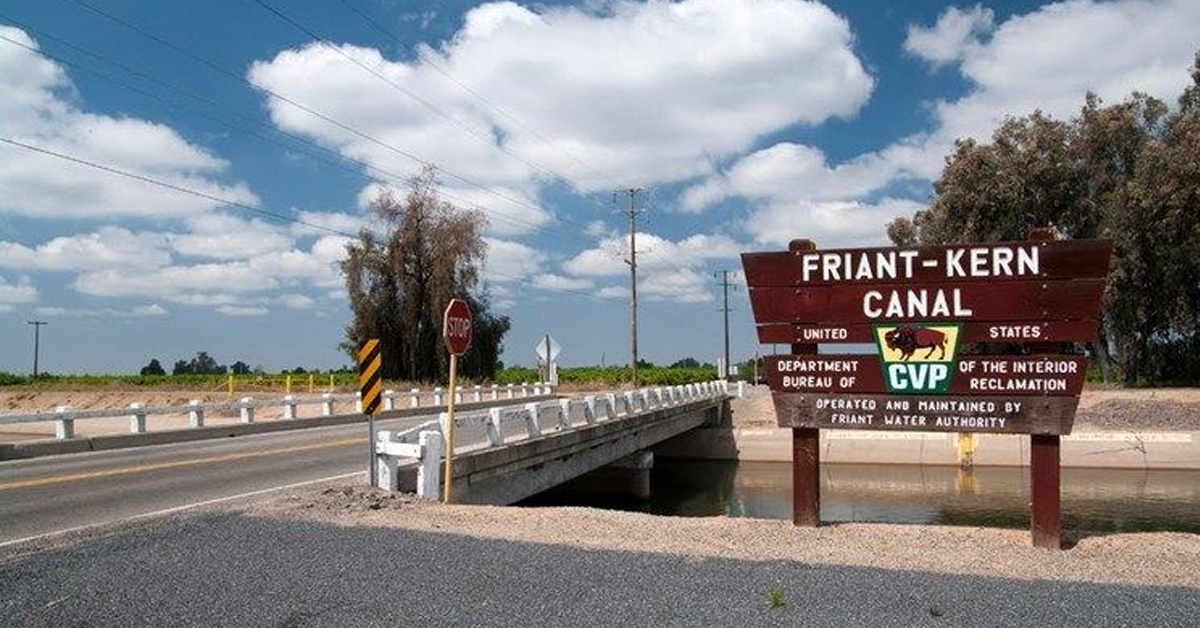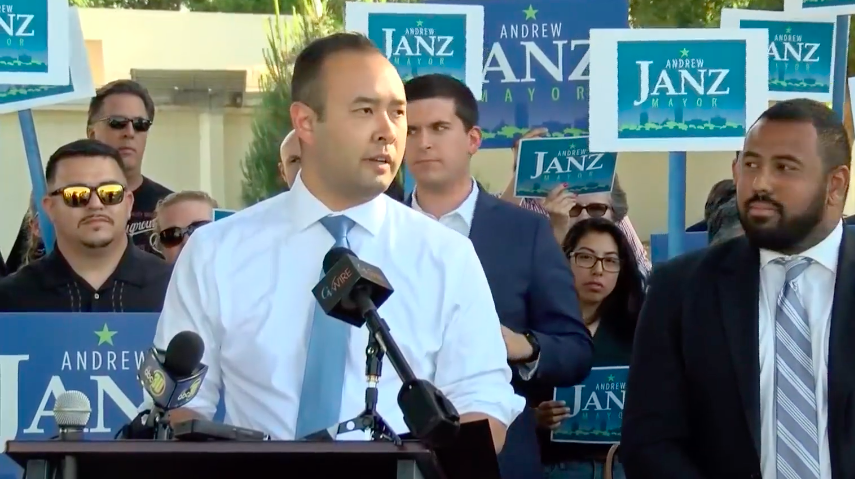The decades-long effort to spruce up and juice up Blackstone Avenue takes another step forward this week.
Officials from Fresno City Hall and Fresno Metro Ministry will gather at the Ted C. Wills Community Center (770 N. San Pablo Avenue, a bit north of Downtown) on Thursday. Time: 6 p.m. to 8:30 p.m.
Their mission: Host a community meeting focused on coming up with ideas to redesign Blackstone, the historic street that was called the “Boulevard of Dreams” in the immediate post-World War II decades and even now is the geographic spine of California’s fifth largest city.
Blackstone remains a center of business and social activity. But there’s the unmistakable feeling at City Hall and among community activists that the street could use some concentrated help from various sources of public and private power.
Thursday’s meeting, one in a series, is aimed at getting input from Fresnans who live/work on or near Blackstone or simply care deeply about the street’s future. Keep in mind that while all of Blackstone (from Nees Avenue in the north to Divisadero Street in the south) is open to change, this particular meeting deals only with Blackstone between Highway 180 and Dakota Avenue.
I hope Jim Schaad, head of Fresno’s FAX system, shows up at Ted C. Wills. But more on that in a bit.
Keith Bergthold, Metro Ministry’s executive director and a former top planner at City Hall, very kindly chatted with me last month about these Blackstone public meetings. He brought along several Metro Ministry staffers to provide context.
Fresno Metro Ministry has been around for nearly 50 years. It’s sufficient here to note that the multi-faith nonprofit (headquartered in a building on Blackstone) cares deeply about community development. Metro Ministry knows how to get things done. When staffers say it has in essence “adopted” Blackstone Avenue, that can only bode well for Blackstone’s fate.
One of my first questions to Bergthold: What’s wrong with Blackstone the way it is now? Sure, stretches are rather worn and drab. This is especially true for the 180-to-Dakota stretch. But plenty of storefronts are open for business and, judging by vehicular traffic, consumers have no qualms about heading there for services.
“It’s not so much what’s wrong with Blackstone. It’s what potential does Blackstone have to draw investment and create jobs, new businesses and things like that,” Bergthold said.
In other words, Blackstone can be better. Much better.
The eight-mile stretch of Blackstone from Downtown to River Park Shopping Center, including a half-mile on either side, encompasses more than 2,100 businesses and about 50,000 residents. That is according to the “Southern Blackstone Avenue Smart Mobility Plan – Existing Conditions Report,” prepared by consultants for the City Hall/Metro Ministry project.
The report notes that the poverty rate in this Blackstone corridor is 34%, compared to 29% for Fresno overall. The median household income is under $32,000, compared to $42,000 for the city. Ten of 11 census tracts along the corridor have poverty rates above average for Fresno. And Fresno as a whole, as we all know, faces bigger poverty challenges than most big California cities.
Bergthold said the revitalization of Blackstone on a variety of levels would help improve the lives of those who live along the corridor.
“We just believe that if Fresno is to be healthy long term, all of Fresno should be healthy,” Bergthold said. “We shouldn’t have any of these negative statistics in Central Fresno. One of the ways to consider that isn’t to complain, but rather to start projects like new businesses, and talk about the streets and figure out ways to help investors put money into the corridor.”
The Blackstone project moves along several paths. One is generating more public engagement in the planning process and in what happens after noticeable change occurs. It’s one thing for neighbors to attend a public meeting and tell City Hall what they want on Blackstone – the standard wish list. It’s something else for those neighbors to return home, bind themselves in common cause, and figure out ways to perpetuate positive change through their own sustained actions in the democratic system.
Metro Ministry staffers are working hard to make the latter happen in neighborhoods bordering Blackstone.
“Everybody’s got something to contribute to improve their family or their community,” Bergthold said. “We’re just trying to find those who want to do that, and then help them build associations. Ultimately, maybe we’ll have associations in these challenged neighborhoods that have the strength of a Fig Garden Homeowners Association, where they all have a sense of ‘Let’s all work together to make sure we preserve what we think is important.’
“We think that is going to be a big change in Fresno, to have more of these associations where neighbors feel comfortable working with each other, where they’re not afraid of each other, and they learn skills so they can go down to City Hall to be active citizens with knowledge instead of us going down there with them.”
At the heart of the Blackstone project is City Hall’s 2035 general plan. The plan’s idea is to direct a substantial amount (but not necessarily all) of Fresno’s future growth toward the inner city.
For instance, the general plan’s Mobility and Transportation chapter lists as a key goal: “Reduce VMT through infill development: Provide incentives for infill development that would provide jobs and services closer to housing and multi-modal transportation corridors in in order to reduce vehicle miles traveled (VMT).”
The general plan goes on to say about this goal: “This policy is intended to reduce regional trips and citywide congestion. Even if local congestion increases due to an increase in population from infill, this will eventually improve air quality by reducing per capita vehicle emissions and VMT through shorter commutes and increase in transit and non-motorized modes of travel. This will also reduce the need for regional travel demand transportation improvements.”
What we’re talking about along Blackstone is brand new mixed-use development – uniquely designed projects that provide residential units plus commercial/retail/service space in one package.
The result: More people live and work along a corridor in which they have a vested interest. Economic, cultural and social opportunities expand. Positive momentum builds. Society is both stabilized and made more dynamic.
But successful mixed-use developments don’t just happen. To use a favorite City Hall word, they must be planted in spots with sufficient “infrastructure” of all types. The design of a street is a piece of that infrastructure. Today’s Blackstone is perfect for 1958-type development. Twenty-first century development? Not so much.
“Blackstone’s land use has been designated for mixed use, transit-oriented development, but the street is really not oriented yet to the kinds of multi-modal use that mixed use implies,” Bergthold said. “Mixed use says a lot of walking, a lot of biking, a lot of bus riding in addition to cars. Right now, Blackstone is mostly about cars or individual motor vehicles.”
What might a revitalized Blackstone look like, especially between Dakota and Freeway 180?
I gather from the project’s literature that Blackstone could be highlighted by several “activity centers.” There could be the Manchester Activity Center (Blackstone and Shields Avenue), the Weldon Activity Center (Ratcliffe Stadium/Fresno City College) and the Olive Activity Center (gateway to the Tower District).
Putting Blackstone on something of a road “diet” might also be in the works. The space for wider sidewalks, more landscaping and extensive bike lanes has to come from somewhere. Perhaps Blackstone doesn’t need to be a wide river of asphalt designed largely for cars and trucks. Perhaps some north-south vehicular traffic could be shifted to Palm Avenue to the west or Fresno Street and First Street to the east.
“You begin to think about how all that works,” Bergthold said. “You start to think of the larger area to move traffic. The City can start to picture, ‘How do we make sure we’re accommodating all this north-south movement in this larger corridor? How does Blackstone play a role in that accommodation?’”
Of course, much work remains to be done. At the top of the list is finding lots of money, whether for infrastructure improvements or incentives to get bottom line-oriented developers to roll the dice in challenged neighborhoods. Consultants are doing much of the intellectual work before recommendations head to the City Council at some point. But the transformation of Blackstone won’t work if the people aren’t behind the vision.
“The public and the property owners and the businesses and the neighborhoods need to weigh in,” Bergthold said. “So, when a set of recommendations goes to the City Council and the city staff for consideration, it’s a really well-informed set. Our job is to get people informed that there are possibilities for accommodating multiple modes safely on Blackstone. We just haven’t explored all the options yet.”
Hence, the purpose of Thursday’s community workshop at Ted C. Wills.
I have purposely left one other piece of the Blackstone project to the last – the new Bus Rapid Transit system. The BRT route runs the length of Blackstone, into Courthouse Park, then east along the Ventura Avenue/Kings Canyon Road corridor.
You’re not going to reduce vehicle miles traveled while increasing residential densities unless you provide people with safe, reliable, prompt and affordable public transportation options. BRT is the start of City Hall’s solution to that immense challenge.
BRT has been operating for about six months. I’m not sure what we’ve got. I suspect most of Fresno doesn’t know what BRT has delivered in that half-year. But I don’t see how planning can go forward on the transformation of Blackstone until we get a handle on whether BRT is working as planned.
That’s why I hope Transportation Director Schaad shows up at Ted C. Wills on Thursday. Perhaps he can give Fresno some ridership and revenue statistics.
I took BRT from Downtown to North Fresno one afternoon last week. The bus had a dozen or so riders as I boarded at the Water Tower station. We picked up lots of riders at the next few stops. By the time we left the station at Olive Avenue, I’m guessing there were 35 people on the bus.
Then we got to the Weldon Station, just a short walk east of Fresno City College. There was a small army of riders waiting to board. I got off at that point. I couldn’t believe the demand for the BRT service at that time of the day.
The transformation of Blackstone is already happening. The Blackstone & McKinley Transit Oriented Development mixed-use project has been approved and funded for an area near the southwest corner of those two streets. It will include 88 affordable housing units. More such projects are sure to come.
I wonder if BRT as currently constituted can handle the public transportation needs of a Blackstone Avenue revitalized in the way that City Hall and Fresno Metro Ministry want. Trying to answer that question is what workshops are all about.
I give the last word to Bergthold:
“Undergirding all of this is the belief we have at Metro, which is that people are inherently great people. Being on this planet means you have value. We just have to find the ones that could be the model to their neighbors, to break down the barriers that keep people from participating in shared activities. We think it could happen. Ultimately, this is about helping the community to organize and shape some of these solutions. And then they, by owning these solutions, they have interest in maintaining the progress they’ve made.”










